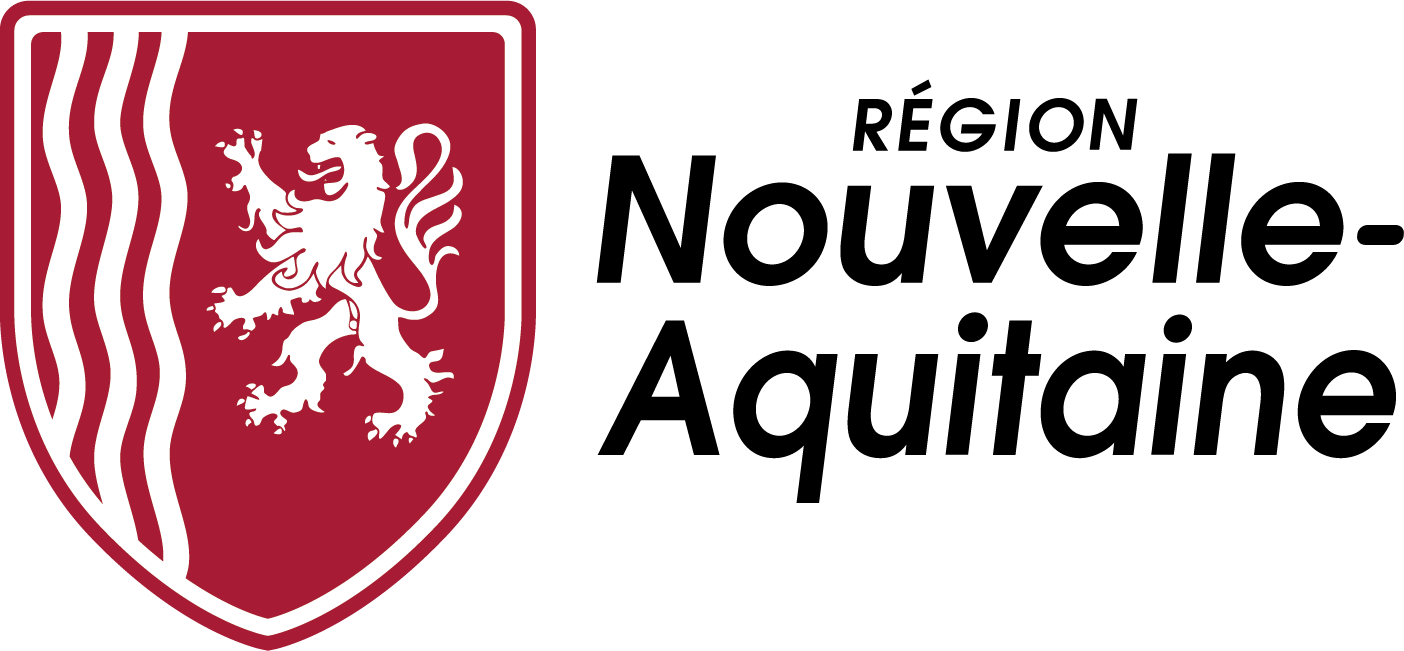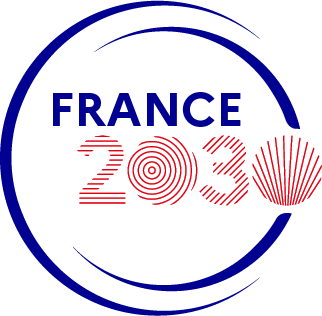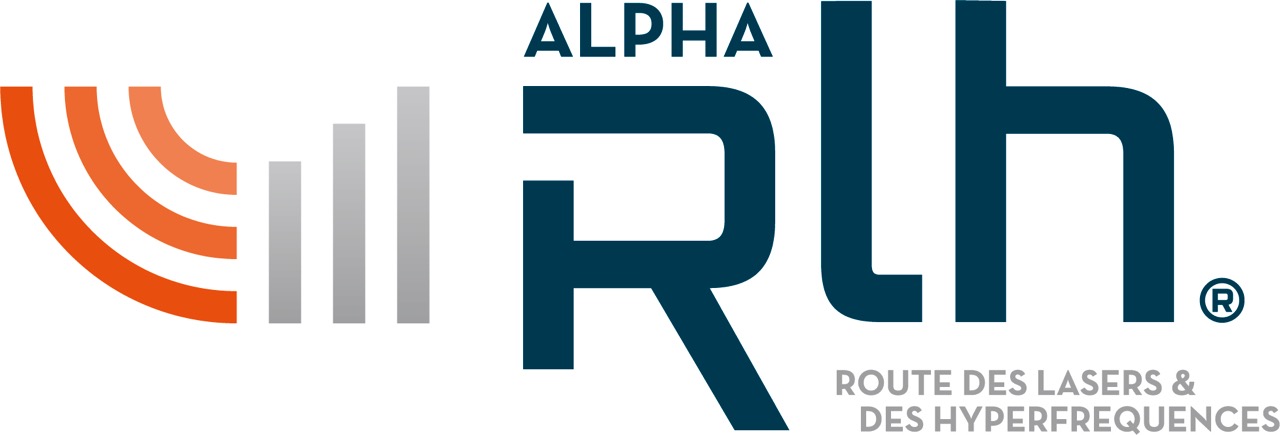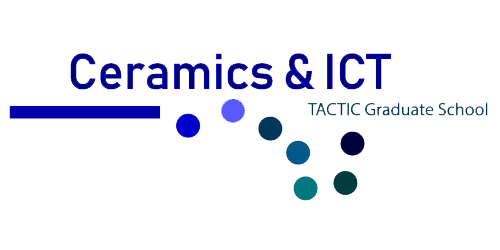- FR
- EN
Vous êtes ici
Séminaire XLIM : Séminaire XLIM - Thomas Vernier
 A noter dans vos agendas !
A noter dans vos agendas !
Le Lundi 10 Juillet à 11h, Thomas Vernier, Research Professor at the Frank Reidy Research Center for Bioelectrics at Old Dominion University in Norfolk (Virginia, USA) et professeur invité au cours du mois de Juillet 2017 au sein de l’équipe BioEM, donnera un séminaire en salle de conférences (XLIM site de Limoges). Sa présentation s’intitule « Beyond the “Standard Model” (of Electroporation) — Cells Fight Back! ».
Note pour les doctorants : pensez à vous inscrire sur la liste d’appel lors du séminaire afin de faire valider votre participation auprès de l’école doctorale ED521 !!!
Abstract
The “standard model” of electroporation describes the transport of material into cells through pores formed when the transmembrane voltage exceeds a critical value. Current implementations of the model have evolved from the transient, stochastic pore model proposed over 30 years ago, but despite many improvements, serious shortcomings in the model remain, including the inability to predict key features of electropermeabilized systems: pore lifetimes; dynamics of membrane potential, electrical conductivity, and permeability to small molecules; multiple-pulse protocol outcomes; effects of cell size and type and medium conductivity.
A new approach is needed. Electroporation models must represent both the immediate physics of electropore formation and the subsequent physical and biological responses of the cell to the stress of membrane barrier disruption. To construct a model that is predictive beyond the initiation of permeabilization, we must include more than the formation of pores in lipid bilayers, which is only the first in a complex chain of events. Long-lived permeabilizing structures (electropermeasomes) must be identified, from molecular models and from experiments. Transport-related stress and damage responses must be represented: restoration of ion concentration gradients (Ca2+, K+, Na+), osmotic and volume regulation, membrane repair, and metabolic adjustments, including recovery of ATP. Transport contributions from electromodulated membrane protein channels must also be incorporated. These electro-transport- relevant structures and processes taken together comprise the regime of the new model, the electropermeome.
We present data exemplifying two key limitations of models in use today, and we outline experimental and analytical strategies for continuing the extension and expansion of the “standard model” to a biological system model — the electropermeome.
Biography of the author
Thomas Vernier is Research Professor at the Frank Reidy Research Center for Bioelectrics at Old Dominion University in Norfolk, Virginia, USA. His research and industrial experience includes ultraviolet microscopy analysis of S-adenosylmethionine metabolism in a psychrophilic strain of the yeast Rhodotorula glutinis, molecular biology of the temperature-sensitive host restriction of bacterial viruses in Pseudomonas aeruginosa, low-level environmental gas monitoring, wide-band instrumentation data recording, physical and electrical characterization and modeling of semiconductor and microelectromechanical devices, and the integration of cellular and biomolecular sensors, carbon nanotubes, and quantum dots with commercial integrated electronic circuit fabrication processes. Vernier currently studies the effects of electric fields on biological systems, with applications in cancer therapeutics, combining experimental observations with molecular dynamics simulations. His focus is on understanding the biophysical mechanisms that govern electric field-driven, nondestructive perturbations of biological membranes.
Vernier received his Ph.D. in Electrical Engineering from the University of Southern California (USC) in 2004 and was for 10 years a member of the research faculty in the Department of Electrical Engineering at USC and Engineering Manager of the semiconductor fabrication service MOSIS. His professional associations include the American Chemical Society, American Society for Microbiology, Bioelectrochemical Society, Bioelectromagnetics Society, Biophysical Society, and Institute of Electrical and Electronics Engineers. He serves on the faculty of the annual international course on electroporation-based technologies and treatments at the University of Ljubljana and maintains active collaborations with investigators in Barcelona, Bordeaux, Buenos Aires, Cambridge (Massachusetts), Cluj-Napoca, Copenhagen, Golm, Halifax, Karlsruhe, Limoges, Ljubljana, Los Angeles, Merced (California), Naples, Paris, Reno (Nevada), Rome, Santa Barbara (California), Toulouse, and Zagreb.
Contact : Délia Arnaud-Cormos (delia.arnaud-cormos@ensil.unilim.fr) / seminaires@xlim.fr












 UMR CNRS n°7252
UMR CNRS n°7252